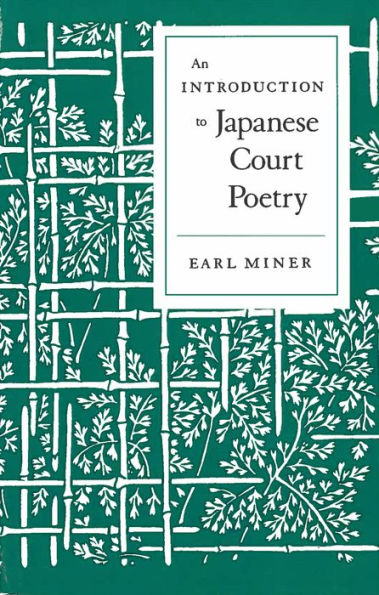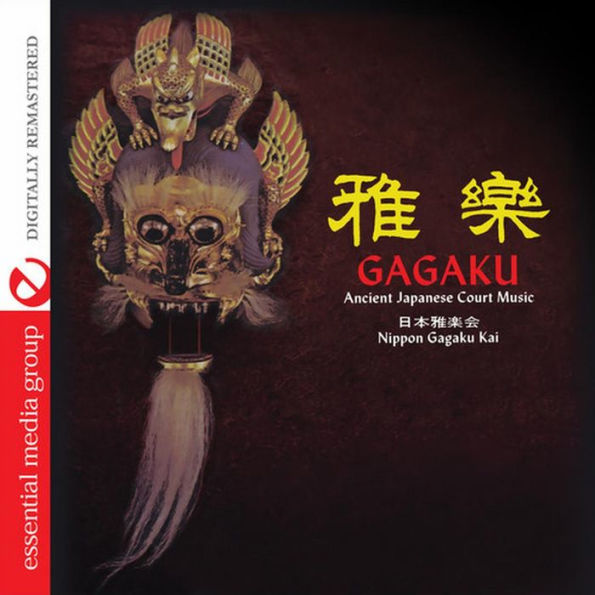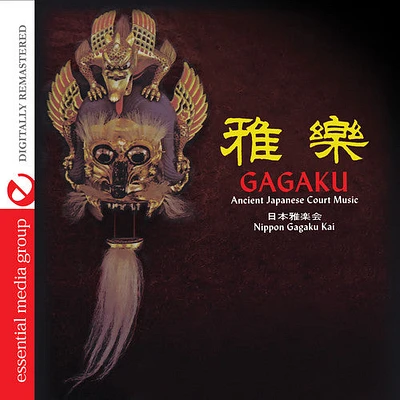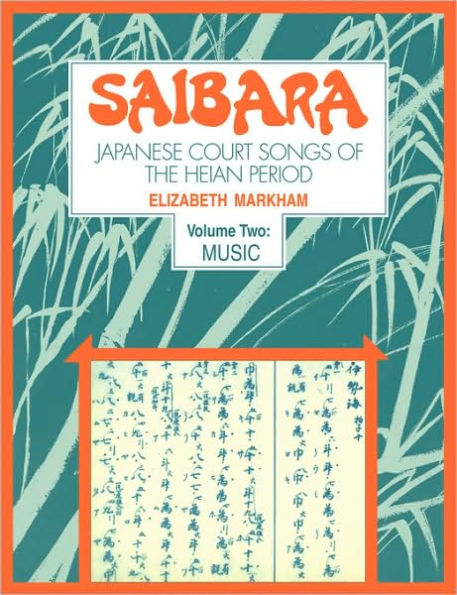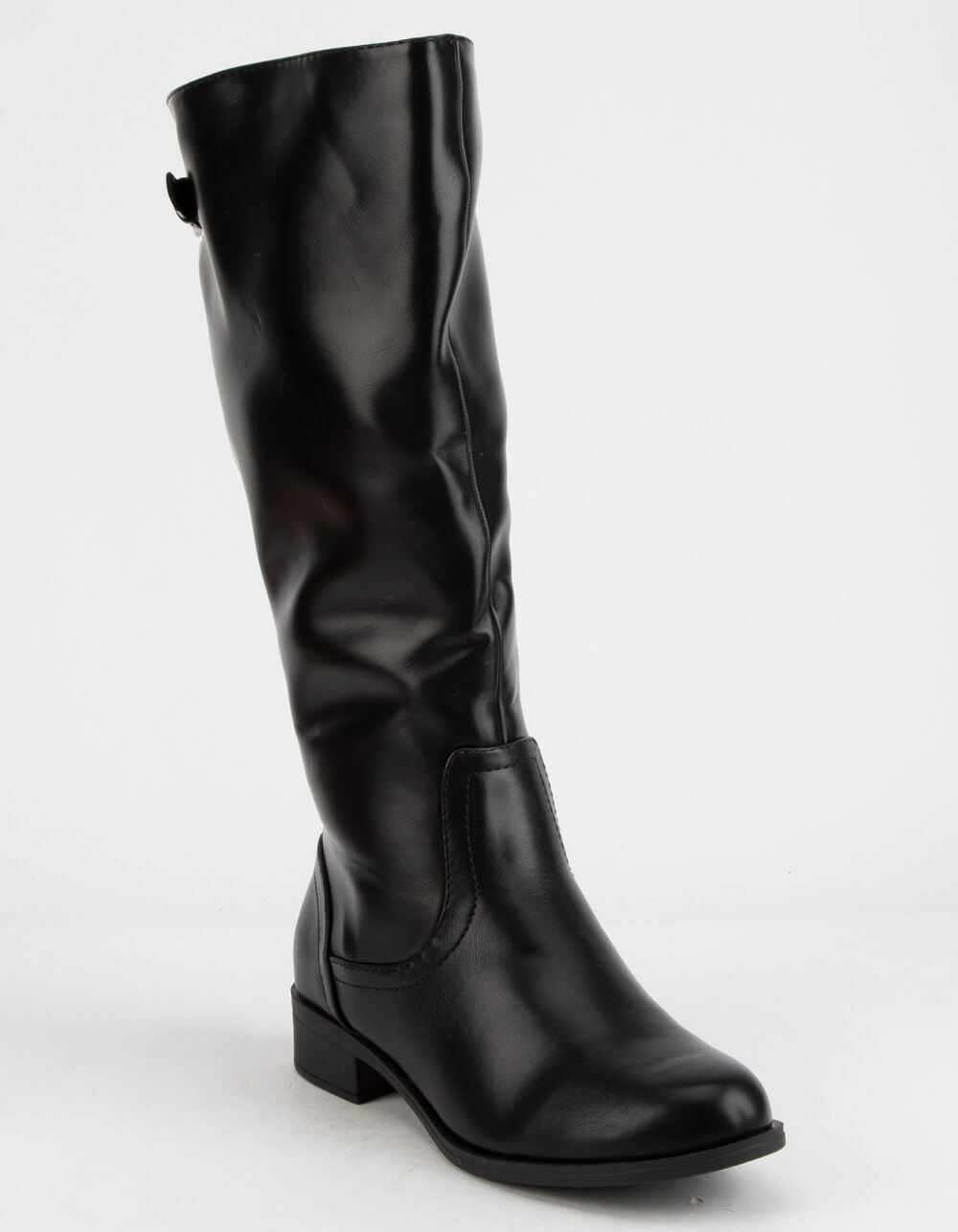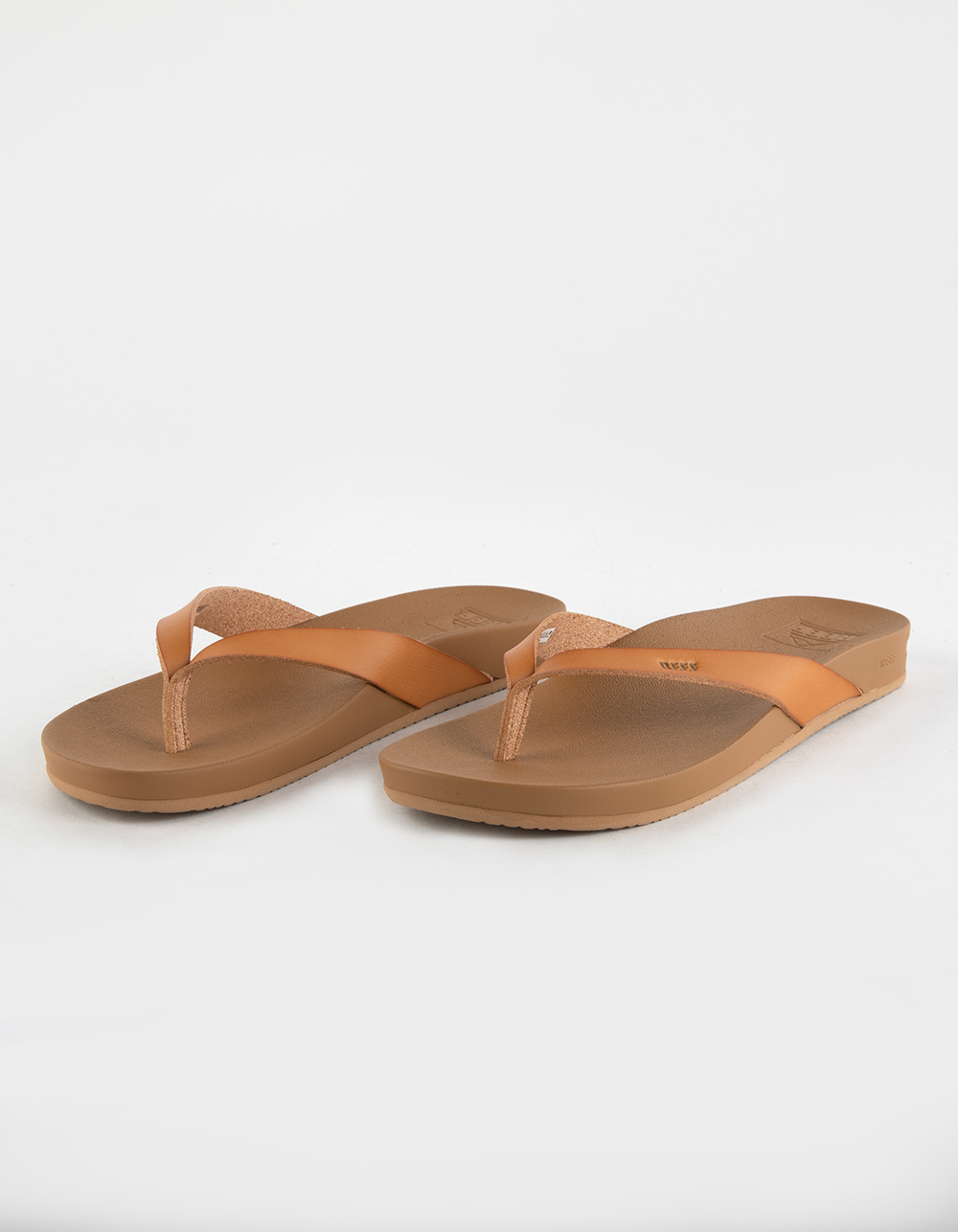Home
Fictions of Femininity: Literary Inventions of Gender in Japanese Court Women's Memoirs
Loading Inventory...
Barnes and Noble
Fictions of Femininity: Literary Inventions of Gender in Japanese Court Women's Memoirs
Current price: $90.00
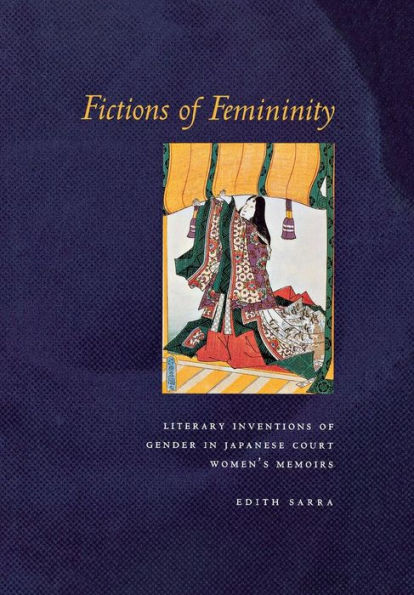

Barnes and Noble
Fictions of Femininity: Literary Inventions of Gender in Japanese Court Women's Memoirs
Current price: $90.00
Loading Inventory...
Size: OS
*Product Information may vary - to confirm product availability, pricing, and additional information please contact Barnes and Noble
The history of Japanese memoir literature began over a thousand years ago, its greatest practitioners being women of the "middle ranks" whose literary talents won many of them positions as ladies-in-waiting at the Heian imperial court. As female writers they both inhabited and helped create a discursive world obsessed with the arts of concealment and self-display, the perils and possibilities—erotic, political, and literary—of real and metaphorical peepholes. As memoirists they were virtuosos in the exacting art of feminine self-representation.
Fictions of Femininity
explores the Heian memoirists' creations of themselves in four texts:
Kagero nikki
(
The Kagero Memoir
, after 974),
Makura no soshi
The Pillow Book
, after 994),
Sarashina nikki
The Sarashina Memoir
, after 1058), and
Sanuki no suke nikki
The Memoir of the Sanuki Assistant Handmaid
, after 1108). Essays on the individual memoirs pursue a dual interest, asking how each text works as a rhetorical construct and how it reflects the author's negotiations with Heian fictions about women and writing.
Letting the memoirs themselves set the terms for exploring gender constructions,
addresses a spectrum of related issues. The reading of
probes two traditional avenues of feminine expression: the writing of
waka
and the discourse of Buddhist nunhood. Two essays on
reveal a fine weave of literary, religious, and autoerotic fantasies, highlighting the intellectual gifts of a memoirist long misread as naive and girlish.
The essay on
examines the use of spirit possession as metaphor for commemorative writing, tracing the balancing act its author performed in the midst of political intrigues at court. The relationship between the memoir and voyeurism takes center stage in the closing essay on
, which compares its author's treatment of the thematics of "seeing and being seen" with that of her chief rival, Murasaki Shikibu, creator of
The Tale of Genji
. Taken together, the essays in this book underscore the diversity of the Heian memoirists' responses to their roles as women and as writers in one of the most unusual epochs of Japanese history.
Fictions of Femininity
explores the Heian memoirists' creations of themselves in four texts:
Kagero nikki
(
The Kagero Memoir
, after 974),
Makura no soshi
The Pillow Book
, after 994),
Sarashina nikki
The Sarashina Memoir
, after 1058), and
Sanuki no suke nikki
The Memoir of the Sanuki Assistant Handmaid
, after 1108). Essays on the individual memoirs pursue a dual interest, asking how each text works as a rhetorical construct and how it reflects the author's negotiations with Heian fictions about women and writing.
Letting the memoirs themselves set the terms for exploring gender constructions,
addresses a spectrum of related issues. The reading of
probes two traditional avenues of feminine expression: the writing of
waka
and the discourse of Buddhist nunhood. Two essays on
reveal a fine weave of literary, religious, and autoerotic fantasies, highlighting the intellectual gifts of a memoirist long misread as naive and girlish.
The essay on
examines the use of spirit possession as metaphor for commemorative writing, tracing the balancing act its author performed in the midst of political intrigues at court. The relationship between the memoir and voyeurism takes center stage in the closing essay on
, which compares its author's treatment of the thematics of "seeing and being seen" with that of her chief rival, Murasaki Shikibu, creator of
The Tale of Genji
. Taken together, the essays in this book underscore the diversity of the Heian memoirists' responses to their roles as women and as writers in one of the most unusual epochs of Japanese history.
